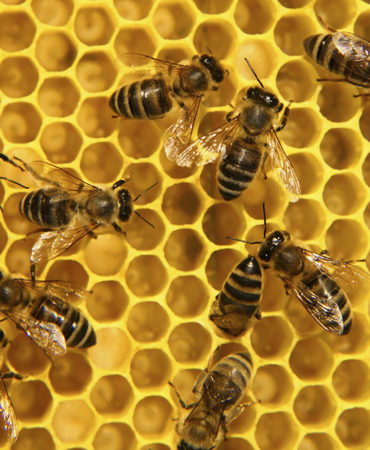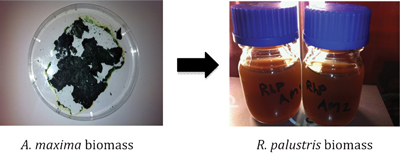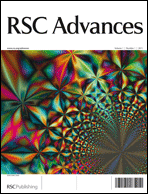This month sees the following articles in RSC Advances that are in the top ten most accessed:-
Novel Ga-doped, self-supported, independent aligned ZnO nanorods: one-pot hydrothermal synthesis and structurally enhanced photocatalytic performance
Siyuan Yang, Chunyu Ge, Zuotao Liu, Yueping Fang, Zesheng Li, Daibin Kuang and Chengyong Su
RSC Adv., 2011, 1, 1691-169, DOI: 10.1039/C1RA00555C
Graphene-inorganic nanocomposites
Song Bai and Xiaoping Shen
RSC Adv., 2012, 2, 64-98, DOI: 10.1039/C1RA00260K
Cucurbituril chemistry: a tale of supramolecular success
Eric Masson, Xiaoxi Ling, Roymon Joseph, Lawrence Kyeremeh-Mensah and Xiaoyong Lu
RSC Adv., 2012, Advance Article, DOI: 10.1039/C1RA00768H
Graphene oxide and its reduction: modeling and experimental progress
Shun Mao, Haihui Pu and Junhong Chen
RSC Adv., 2012, 2, 2643-2662, DOI: 10.1039/C2RA00663D
Graphene-based photocatalytic composites
Xiaoqiang An and Jimmy C. Yu
RSC Adv., 2011, 1, 1426-1434, DOI: 10.1039/C1RA00382H
Recent developments in solvent-free multicomponent reactions: a perfect synergy for eco-compatible organic synthesis
Maya Shankar Singh and Sushobhan Chowdhury
RSC Adv., 2012, Advance Article, DOI: 10.1039/C2RA01056A
Synthesis of WO3@Graphene composite for enhanced photocatalytic oxygen evolution from water
Jingjing Guo, Yao Li, Shenmin Zhu, Zhixin Chen, Qinglei Liu, Di Zhang, Won-Jin Moon and Deok-Min Song
RSC Adv., 2012, 2, 1356-1363, DOI: 10.1039/C1RA00621E
Metal-free, nitrogen-doped graphene used as a novel catalyst for dye-sensitized solar cell counter electrodes
Ming-Yu Yen, Chien-Kuo Hsieh, Chih-Chun Teng, Min-Chien Hsiao, Po-I Liu, Chen-Chi M. Ma, Ming-Chi Tsai, Chuen-Horng Tsai, Yan-Ru Lin and Tsung-Yu Chou
RSC Adv., 2012, 2, 2725-2728, DOI: 10.1039/C2RA00970F
Homogeneous and heterogeneous catalysts for multicomponent reactions
Maria José Climent, Avelino Corma and Sara Iborra
RSC Adv., 2012, 2, 16-58, DOI: 10.1039/C1RA00807B
Significant improvement in the conversion efficiency of black-dye-based dye-sensitized solar cells by cosensitization with organic dye
Hironobu Ozawa, Ryosuke Shimizu and Hironori Arakawa
RSC Adv., 2012, 2, 3198-3200, DOI: 10.1039/C2RA01257J
Why not take a look at the articles today and blog your thoughts and comments below.
Fancy submitting an article to RSC Advances? Then why not submit to us today or alternatively email us your suggestions.
















